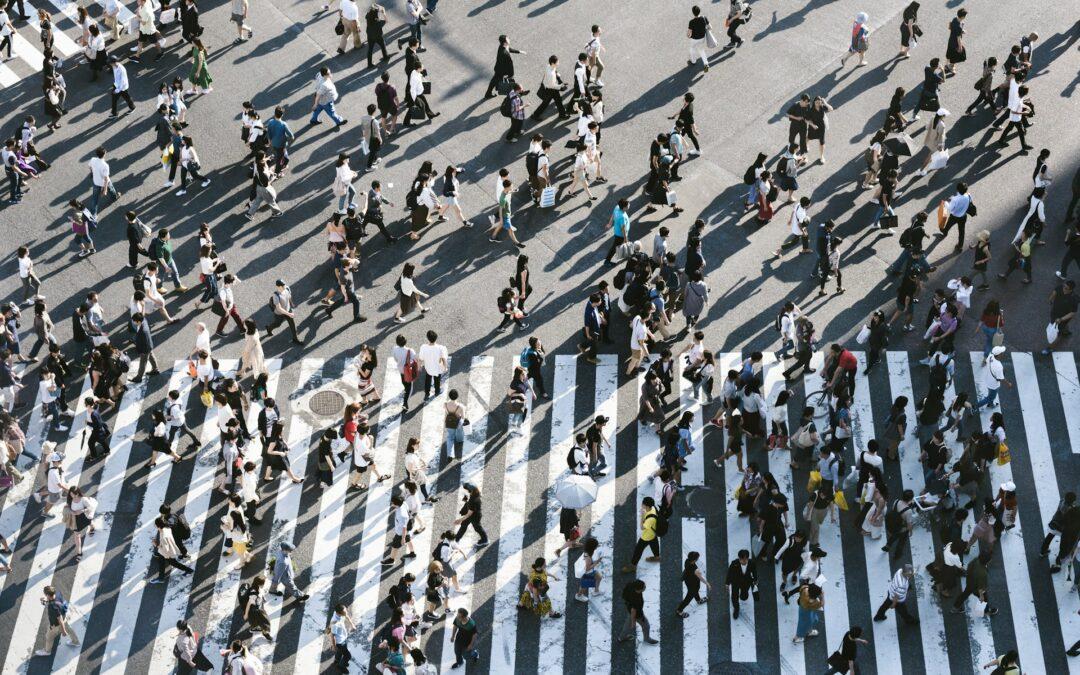Identifying high traffic areas is crucial for businesses seeking to maximize visibility and customer engagement. These locations, bustling with potential customers, offer an unmatched opportunity for brand exposure, product placement, and sales. From bustling city centers and popular shopping districts to online platforms with heavy user traffic, the right location can significantly impact a business’s success. This article explores the top 50 examples of such areas, providing insights into why these spots are goldmines for enterprises of all sizes.
The list spans a variety of settings, each with its unique appeal and customer base. Physical locations like airports, train stations, and university campuses attract a diverse crowd, making them ideal for businesses targeting a wide audience. Similarly, digital realms such as social media platforms and e-commerce marketplaces draw millions of daily users, offering a fertile ground for online businesses. Understanding the characteristics and advantages of these high traffic areas can guide entrepreneurs in making strategic decisions about where to establish their presence.
The Best Examples of High Traffic Areas
Creating a business in a high-traffic area can significantly increase visibility and customer footfall, which are critical factors for success. Here is a list of the top 50 high-traffic areas, along with a detailed explanation of each to help prospective entrepreneurs find the perfect spot for their venture.
1. Downtown Business Districts: These are the heartbeats of cities, bustling with office workers, tourists, and locals. Businesses like coffee shops, quick-service restaurants, and convenience stores thrive here due to the constant flow of people.
2. Shopping Malls: Malls attract a wide range of customers looking for shopping, entertainment, and dining options. Retail stores, kiosks, and food courts in malls benefit from the high foot traffic.
3. Transportation Hubs: Airports, train stations, and bus terminals are transit points for millions of travelers. Businesses like bookstores, souvenir shops, and fast-food outlets can capitalize on the transient customer base.
4. University Campuses: Areas surrounding or within college campuses are ideal for cafes, bookstores, and affordable eateries, catering to students and faculty alike.
5. Hospital Complexes: Hospitals and medical centers attract patients, visitors, and staff. Pharmacies, cafés, and gift shops nearby can meet the needs of this audience.
6. Tourist Attractions: Landmarks, museums, and parks draw tourists. Souvenir shops, guided tour services, and eateries can leverage the high visitor numbers.
7. Beachfronts and Boardwalks: These areas see a seasonal influx of tourists and locals looking for leisure activities. Ice cream stands, rental shops for beach gear, and casual dining spots do well here.
8. Cinema Complexes: Movie theaters attract crowds, especially on weekends. Restaurants, candy shops, and entertainment venues nearby can benefit from movie-goers.
9. Sports Arenas: On game days, stadiums and sports complexes see huge crowds. Merchandise stores, sports bars, and fast food outlets nearby can thrive.
10. Festivals and Event Spaces: Temporary high-traffic areas like festivals, fairs, and concerts offer opportunities for pop-up shops, food trucks, and merchandise sellers.
11. Pedestrian Streets: Car-free shopping streets in urban centers are great for boutique stores, artisan bakeries, and specialty shops.
12. Suburban Shopping Centers: These centers serve local communities with a mix of grocery stores, retail chains, and eateries.
13. Corporate Parks: Areas with a high concentration of office buildings have a steady weekday crowd. Catering services, coffee shops, and quick-service restaurants can find a steady clientele.
14. Health and Wellness Centers: Gyms and wellness centers draw individuals focused on health, making them ideal for health food cafes, sportswear shops, and supplement stores.
15. Public Parks: Busy parks attract families and fitness enthusiasts. Mobile snack vendors, bike rental kiosks, and outdoor gear shops can capitalize on the outdoor crowds.
16. Highway Rest Stops: These are crucial for long-distance travelers, offering opportunities for convenience stores, fast-food restaurants, and gas stations.
17. Cultural Centers: Areas with theaters, art galleries, and concert halls attract culture-seeking crowds. Upscale dining, wine bars, and boutique stores can appeal to this demographic.
18 Educational Institutions: Besides campuses, areas near schools can support educational toy stores, tutoring centers, and uniform shops.
19. Historic Districts: Areas with historic significance attract tourists and locals interested in history. Antique shops, themed restaurants, and cultural artifact stores can do well.
20. Convention Centers: These venues host expos, conventions, and business conferences, creating demand for hotels, restaurants, and business services.
21. Zoos and Aquariums: Family-friendly attractions that draw consistent foot traffic, supporting nearby souvenir shops, casual eateries, and photo services.
22. Theme Parks: With their massive appeal, theme parks are great for themed restaurants, merchandise shops, and entertainment services.
23. Outdoor Adventure Areas: Locations near hiking trails, ski resorts, and national parks offer opportunities for outdoor gear rentals and shops.
24. Luxury Shopping Districts: High-end retail areas attract affluent shoppers, ideal for luxury boutiques, jewelry stores, and designer showrooms.
25. Farmers Markets: These weekly events attract health-conscious and eco-friendly shoppers, suitable for organic produce sellers, artisan food makers, and handmade craft vendors.
26. Nightlife Districts: Areas known for their nightlife are good for bars, nightclubs, and late-night eateries.
27. Art Districts: Neighborhoods known for art galleries and studios can support cafes, bookshops, and niche retail.
28. Food Truck Parks: Popular in many cities, these areas are great for food entrepreneurs looking for lower startup costs.
29. Pop-up Event Locations: Temporary locations for pop-up events can be lucrative for businesses that can quickly set up and appeal to the event’s audience.
30. Co-working Spaces: Near or inside co-working buildings, coffee shops, and quick lunch spots meet the needs of freelancers and entrepreneurs.
31. Public Squares: Central city squares are focal points for public gatherings, suitable for street performers, food vendors, and public art installations.
32. Waterfronts: Areas along rivers, lakes, and harbors attract visitors looking for dining with a view, boat rentals, and water-based activities.
33. Garden and Botanical Parks: These attract nature lovers, suitable for plant nurseries, garden supply stores, and eco-friendly cafes.
34. Library Surroundings: Public libraries draw a steady stream of visitors, supporting nearby cafes, bookstores, and study spots.
35. Urban Renewal Districts: Areas undergoing revitalization attract trendy businesses like craft breweries, lofts, and art spaces.
36. Gaming and VR Arcades: As gaming grows in popularity, areas near gaming lounges and VR centers can support tech shops and themed cafes.
37. Pet Parks: Dog parks and pet-friendly areas are great for pet supply stores, grooming services, and pet cafes.
38. Outdoor Concert Venues: These venues attract large crowds, suitable for merchandise vendors, portable bars, and quick-service food options.
39. Marinas: Areas where boats are docked attract boat owners and visitors, suitable for nautical supply stores, seafood restaurants, and charter services.
40. Automotive Districts: Areas known for auto dealerships and repair shops can support auto accessory stores, car washes, and specialty automotive services.
41. Financial Districts: Centers of financial activity, these areas are good for business lunch spots, upscale bars, and corporate event planning services.
42. Commercial Streets: Major streets with a mix of businesses attract diverse foot traffic, supporting a wide range of retail and service businesses.
43. Eco-tourism Sites: Locations that attract eco-tourists are ideal for eco-lodges, guided tour services, and sustainable goods shops.
44. Skyscraper Lobbies: The ground floors of tall buildings in urban centers can house cafes, newsstands, and quick-service eateries.
45. Tech Hubs: Areas with a concentration of tech companies support tech gadget stores, specialized IT service providers, and coffee shops.
46. Government Buildings: Areas near courthouses and government offices have a steady flow of employees and visitors, supporting cafes, copy shops, and quick lunch spots.
47. Heritage Sites: Locations with historical or cultural significance can support cultural tours, traditional craft shops, and themed eateries.
48. Urban Gardens: Spaces in cities dedicated to greenery and relaxation can support garden cafes, yoga studios, and organic shops.
49. Bicycle Paths: Popular cycling routes are great for bike rental and repair shops, along with cafes and snack stands catering to cyclists.
50. Virtual Reality Experience Centers: With VR gaining popularity, areas near VR experience centers can support tech-focused cafes, gaming accessory stores, and themed entertainment venues.
Each of these locations offers unique opportunities based on the type of business you’re interested in starting. The key is to match your business concept with the right location to maximize exposure and attract your target audience.
What is the Best Location for a Business?
The quest to pinpoint the ideal location for a business is akin to seeking the sweet spot in a complex ecosystem of factors, each with its own set of variables and outcomes. The best location transcends the mere physicality of an address; it embodies a strategic position that leverages market dynamics, accessibility, and economic undercurrents to forge a path to success.
At the heart of the decision-making process lies the understanding of the target audience. The proximity to a customer base is not just a matter of geography; it is about being at the crossroads where the flow of potential clients intersects with the ease of reaching them. For retail businesses, this might mean setting up shop in bustling urban centers or thriving shopping malls where foot traffic translates into higher sales opportunities. Conversely, a tech startup might find its sweet spot in innovation hubs or tech parks where the ecosystem thrives on synergy, networking, and the exchange of ideas.
However, accessibility extends beyond customers to include suppliers and employees. A location that minimizes logistics costs and maximizes the efficiency of supply chains can significantly impact the bottom line. Similarly, a business that is easily accessible to a skilled workforce has a competitive edge in attracting and retaining talent, which is a crucial factor in today’s knowledge-driven economy.
Economic considerations are equally paramount. Tax incentives, local government policies, and the cost of doing business in a particular area can dramatically affect profitability. Areas with lower taxes, subsidies for new businesses, and supportive local governments can offer a nurturing environment for growth and expansion. Yet, these benefits must be weighed against the potential for higher costs of living and operating expenses, which vary widely from one locale to another.
The dynamics of competition and market saturation also play a critical role. A location that offers a blue ocean of opportunities—where competition is minimal—can be more attractive than one where businesses vie fiercely for a share of the market. Understanding the competitive landscape and positioning oneself in a location that offers a competitive advantage, either through differentiation or untapped market potential, can be a game-changer.
In the digital age, the importance of virtual presence has redefined the concept of location. For businesses that operate online, the physical location takes a backseat to internet connectivity, digital infrastructure, and the ability to serve customers irrespective of geographical boundaries. This shift has opened new frontiers, where the best location may well be a state-of-the-art data center or a virtual space in the cloud.
Strategic Advantages of High Traffic Locations for Small Businesses
Locating a small business in a high traffic area is akin to planting a seed in the most fertile ground; it’s a strategic move that promises growth, visibility, and a steady flow of potential customers. At its core, the decision to establish a business where people congregate, whether for work, leisure, or transit, taps into the fundamental principle of accessibility. When a business is easy to find and reach, it naturally attracts more visitors, increasing the likelihood of sales and repeat clientele.
The benefits of such a location extend beyond mere footfall. Visibility is a powerful tool in the modern market’s arsenal. A small business nestled among the bustling streets of a high traffic area benefits from passive marketing simply by being in the line of sight of hundreds, if not thousands, of people each day. This constant exposure can significantly enhance brand recognition, making the business a familiar landmark in the community or cityscape.
Moreover, high traffic areas often bring a diverse clientele. From locals to tourists, young adults to families, the variety of individuals passing through ensures a wide-ranging demographic exposure. For a small business, this means an opportunity to cater to a broad spectrum of needs and preferences, potentially expanding its target market beyond initial projections.
The symbiotic relationship between businesses in high traffic zones also cannot be understated. These areas often create a micro-economy, where neighboring establishments benefit from each other’s presence. A café next to a bookstore, for instance, might see an increase in customers seeking a place to enjoy their new purchases. This network of complementary businesses can foster a sense of community, encouraging customers to spend more time and money in the area.
Furthermore, the feedback loop in a high traffic area is immediate and invaluable. The steady stream of customers provides constant feedback, whether through direct interaction, sales patterns, or observing customer behaviors. This information is gold dust for a small business aiming to refine its offerings and customer service practices. It allows for agile adjustments to products, services, and marketing strategies, ensuring the business stays aligned with customer needs and preferences.
Yet, the advantages of a high traffic location are not without their challenges. Higher rent, increased competition, and the need for operational efficiency are among the hurdles small businesses might face. However, with these challenges come opportunities for innovation, differentiation, and strategic partnerships.
What is High Traffic Area?
A high traffic area is a location or digital space characterized by a significant and consistent flow of people or online visitors. In physical terms, it refers to places such as shopping centers, airports, transportation hubs, and urban downtown districts where foot traffic is dense, making them coveted spots for businesses aiming to increase visibility and customer interaction. Similarly, in the digital domain, high traffic areas include websites, e-commerce platforms, and social media channels with high user engagement and visitation rates. These areas are strategic for businesses looking to maximize exposure, attract a broad audience, and enhance opportunities for sales and engagement. Effective utilization of high traffic areas, both physical and virtual, requires understanding the demographics and behaviors of the audience to tailor offerings and marketing efforts accordingly, ensuring alignment with the needs and preferences of potential customers.
Success in high traffic areas, whether physical or digital, hinges on a business’s ability to stand out and deliver value to the passing audience. This involves not only being present in these areas but also creating compelling reasons for people or users to engage with the business. For physical locations, this could mean innovative storefront designs, eye-catching signage, and experiential marketing activities that draw people in. In the digital realm, it translates to creating engaging content, intuitive website design, and leveraging search engine optimization (SEO) techniques to appear prominently in online searches.
Businesses operating in high traffic areas must also prioritize operational efficiency and customer service excellence. The high volume of potential customers requires streamlined processes and a focus on delivering a positive customer experience to encourage repeat visits and positive word-of-mouth. Additionally, analyzing foot traffic or web traffic data can provide valuable insights into customer behavior, peak visiting times, and preferences, enabling businesses to optimize their operations, marketing strategies, and product offerings accordingly.
Furthermore, sustainability in a high traffic area demands adaptability to changing trends and customer expectations. This means regularly updating physical and digital spaces, staying abreast of technological advancements, and innovating product and service offerings to meet evolving needs.
Read also: 75 TOP Vending Machine Business Ideas
Recommended Articles

TOP 40 Fire-Related Business Ideas to Start in 2024
When we think about fire, it's often about its dangers or the essential role it plays in our daily lives, from cooking to keeping us warm. Yet,...
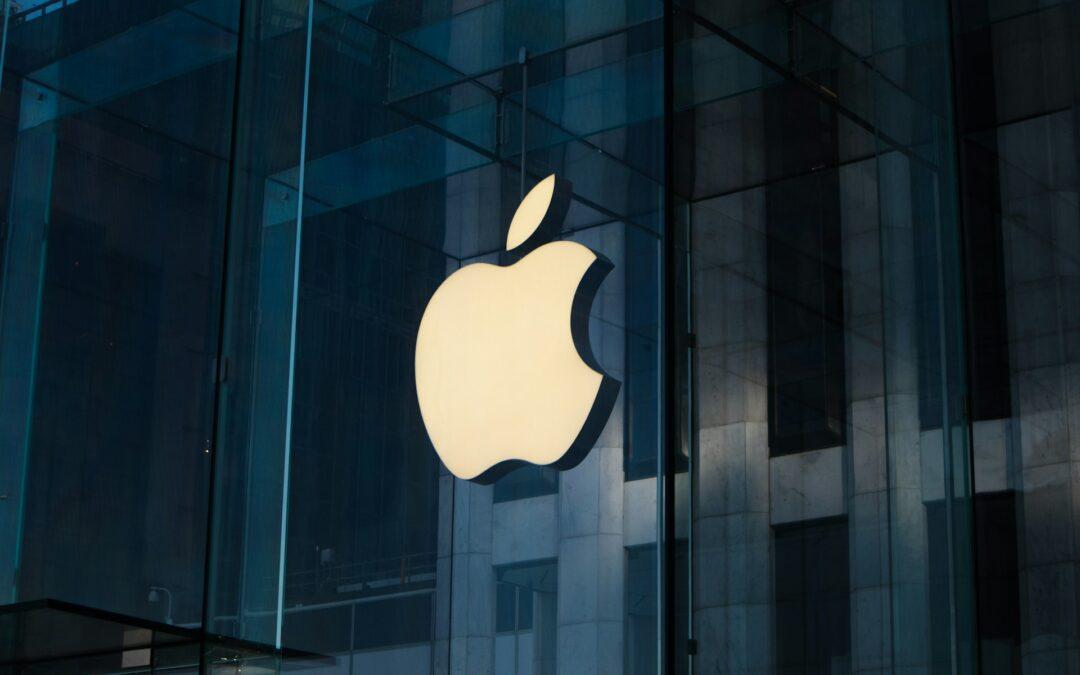
Is Apple About to Face Tough Times?
Apple, a paragon of innovation and a titan in the tech industry, stands at a critical crossroad. The fiscal year of 2023 unveiled a stark reality:...
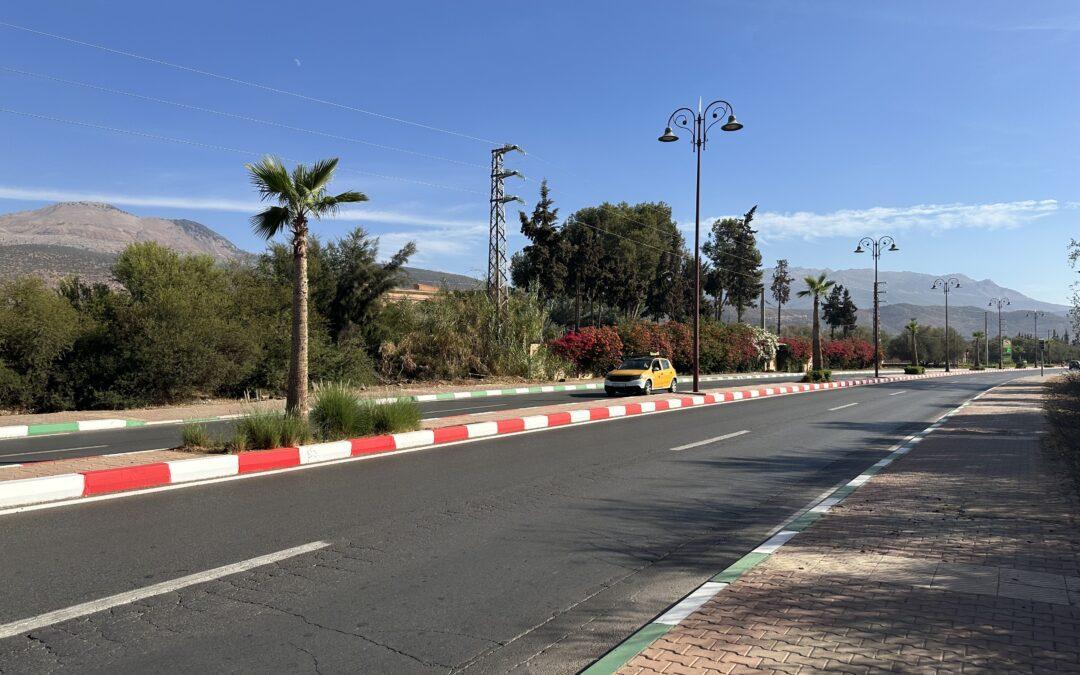
Top 30 Business Ideas Near Highway & Guide
If you're considering starting a business near a highway and are on the hunt for the most profitable ventures, you've come to the right place....

TOP 25 Catering Business Ideas for 2024
If you're looking to start a business in the food industry, exploring catering business ideas for 2024 might be the perfect path for you. The catering world offers a wide range of opportunities, from small, intimate gatherings to large-scale events, allowing for...
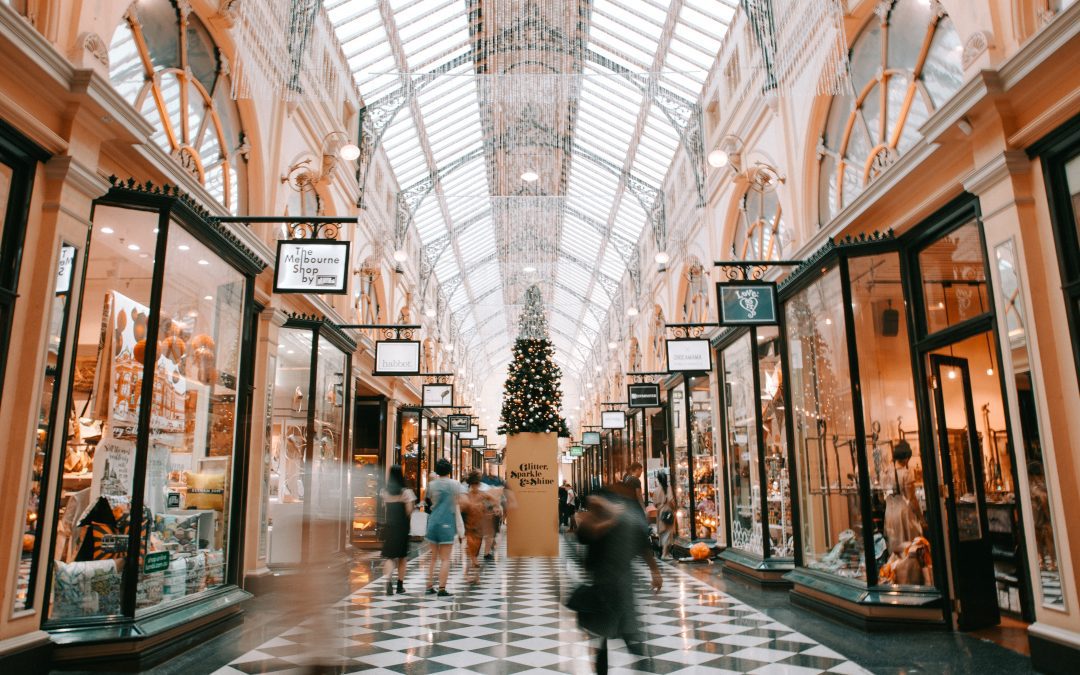
30 Types of Clothing Stores – Shop Definitions & Examples
In this article, we have compiled a list of the 30 most common types of clothing stores. At first glance, it might seem that a clothing store is simply a place where clothes are sold, suggesting that there wouldn't be many variations among them. However, the reality...
Most Read
TOP 20 Best Bakery Types to Open in 2024
In 2024, the bakery industry is set to evolve, blending traditional flavors with innovative concepts to meet the ever-changing tastes of consumers. As we navigate through this delicious transformation, aspiring entrepreneurs are presented with an array of bakery...
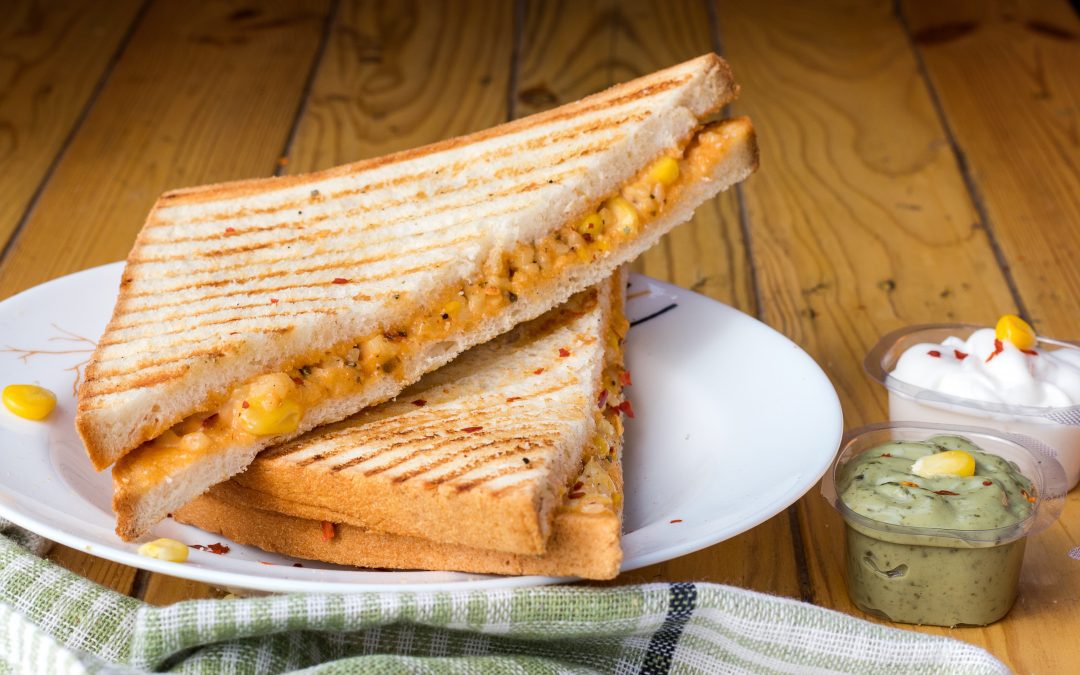
TOP 50 Easy Food to Sell – Most Profitable Ideas
In this article, we've curated a list of the top 50 easy food ideas for sale, ideal for concession stands, restaurants, bars, small home businesses, and various other venues. These foods are simple to prepare, and their sale isn't overly challenging. Undoubtedly, all...
TOP 25 Extremely New Business Ideas for 2024
As we venture into 2024, the business landscape is buzzing with innovation and new opportunities. The past few years have reshaped consumer needs and technological capabilities, paving the way for a fresh wave of entrepreneurial ideas. In this article, we dive into...
20 Best Autonomous Consumption Examples
Autonomous consumption represents the level of spending that does not change with variations in income. This article delves into 20 of the most illustrative autonomous consumption examples, shedding light on how certain expenses remain consistent regardless of an...
